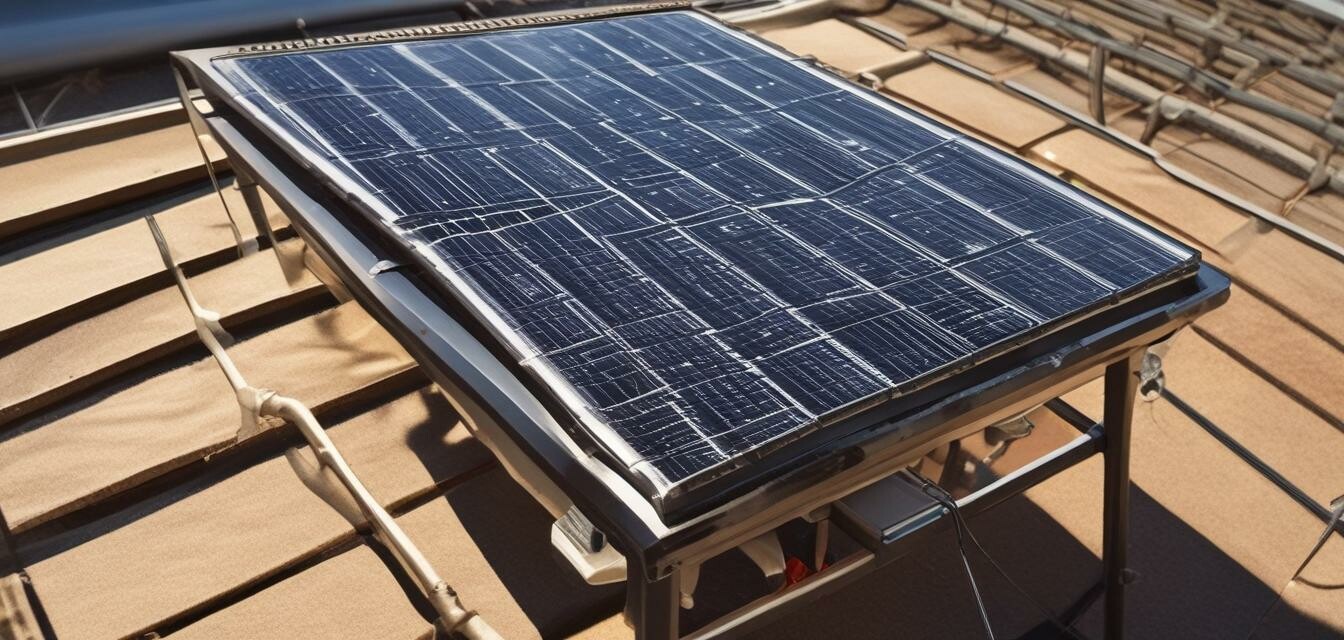
Setting Up a DIY Solar Space Heater for Your Home
Key Takeaways
- Building a solar space heater saves energy and reduces heating costs.
- Materials required include simple items like wood, glass, and insulation.
- A step-by-step guide makes the process easy for beginners.
- Having a solar space heater contributes to your grid independence.
- Consider safety and efficiency while working on your DIY project.
In today's world, the need for renewable energy solutions has never been more pressing. Living independently from the grid is a goal for many, and what better way to achieve that than by setting up your very own solar space heater? This DIY project not only promotes sustainability but also warms your home efficiently—using the power of the sun!
What is a solar space heater?
A solar space heater is a system that harnesses sunlight to heat air or water for residential use. With a solar space heater, you can significantly reduce your reliance on traditional heating methods, leading to lower energy bills and a reduced carbon footprint.
Benefits of a solar space heater
- Energy efficiency: Reduces energy consumption by utilizing solar energy.
- Cost savings: Provides free heating, cutting down on utility expenses.
- Environmentally friendly: Decreases reliance on fossil fuels, promoting sustainability.
- Increases property value: Renewable energy solutions can enhance home appeal.
Materials Needed
| Item | Purpose |
|---|---|
| Wood | To construct the frame of the solar heater. |
| Glass panel | Covers the heater to trap heat inside. |
| Insulation material | Helps retain heat in the system. |
| Fan (optional) | Distributes warm air throughout the space. |
| Black paint | Enhances heat absorption. |
Step-by-Step Instructions
- Design your heater: Sketch out the dimensions and design of your solar space heater.
- Gather materials: Purchase the materials listed above.
- Build the frame: Assemble the wood to create a rectangular frame.
- Attach insulation: Line the interior of the frame with insulation material.
- Paint the interior: Cover the insulation with black paint to maximize heat absorption.
- Add the glass panel: Securely place the glass panel on top of the frame.
- Install a fan (optional): Attach a small fan to help distribute the heat if desired.
- Position your heater: Place your solar space heater in a location where it will receive direct sunlight.
- Test your heater: Monitor the performance and warmth output during sunny days.
Safety Tips
Tips for Safe Installation
- Always wear safety goggles and gloves when handling sharp tools or materials.
- Ensure stability by securing the solar space heater to prevent it from tipping over.
- Check for potential fire hazards when working with heating systems.
- Consider using heat-resistant materials wherever possible.
Conclusion
Setting up a DIY solar space heater is an excellent project for those looking to combine practicality with sustainability. Not only will you benefit from the warmth generated by the sun, but you’ll also become more independent from traditional energy sources. For more engaging projects like this, explore our DIY projects category.
Pros
- Cost-effective and environmentally friendly heating solution.
- Simple materials make it accessible for everyone.
- Can significantly lower heating bills.
Cons
- Performance may vary depending on sunlight exposure.
- Initial setup requires time and effort.
- Not suitable for all climates or locations.
Learn More
For additional insights on solar power systems, be sure to check out our other relevant articles:


